As the thumpers vibrate the grounds of the desert and summon the sandworms to the surface, Fremen warriors arise to keep fighting for freedom under the leadership of their long-awaited prophet. Their holy struggle against the galactic empire resumes in the second part of “Dune” (2021), which welcomes us back to the spicy lands of Arrakis.
While this sequel completes adapting the first novel of Frank Herbert’s franchise, it takes firm steps forward to keep the promise of a more eventful plot with high-sounding sequences. Denis Villeneuve, the director of the film, picks up the threads of his elaborated work with technical aspects of world-building and strives to dig deeper into a complex storyline that contains religious conflicts and political intrigues. In the middle of it all, Paul Atreides, the protagonist of the series, completes his self-transformation to seal the fate of the entire universe.
Descent into destiny
Since the first film clearly introduces the lore and concludes by reaching one of the crucial turning points in the novel, “Dune: Part Two” sets up a solid start that keeps pace with the rest of the film. As the last heir of the fallen House Atreides, Paul picks up where he left off with his pregnant mother and Fremen, the savage natives of the planet Arrakis.
Thus, from the beginning, this chapter generally takes place in treacherous deserts full of gigantic sandworms and hostile soldiers rather than in the safe environment of the capital city. While Paul Atreides strains to make a strategic alliance with Fremen to take revenge for his father against the empire, he discovers a destructive path to his victory that has already been planned for him by the ancient sisterhood of Bene Gesserit.
However, Paul avoids following that direction toward a future with the fanatical crusade in his name despite his mother’s intentions to fulfill this prophecy. Lady Jessica acts upon her duty with an ascribed role in Bene Gesserit, and she attempts to lead her son into his destiny to become the leader of Fremen and then conquer the universe as the genetically produced messiah. Eventually, Fremen are divided into two sides: those who believe in Paul as the divine savior and those who address him as the false prophet.
The first half of the film concentrates on Paul’s adaptability to Fremen’s manner of life and his training to survive in the desert during this clash of beliefs. Therefore, the most memorable scenes with Fremen and the resplendent desert landscapes fall within this part. Especially iconic moments from the book, such as Jessica’s spiritual conversion into a reverend mother, Paul’s riding on a sandworm for the first time, and earning his famous nickname of Muad’Dib, have been adapted magnificently.
In addition to Paul Muad’Dib and Lady Jessica, key figures like Chani and Stilgar, who made short appearances in the previous film, take center stage in this instance. While Paul aligns himself with both of them as his comrades, they represent opposite sides of the Fremen community.
Stilgar is a respected leader and mentor who comes from the pious generation of the south and has a strong faith in the prophecy of Lisan al Gaib, the voice from the outer world who will save the deserted planet of Dune and convert it to a green paradise. As distinct from the first novel, Chani asserts the contrary and she takes up her position with a skeptical perspective against this folklore of religion.
Meanwhile, that change in Chani’s character arc adds a new layer to her relationship with Paul. As Villeneuve stated earlier, she comes to the forefront not only as Muad’Dib’s love interest but also as a rebellious follower who stands up against his dark fate in prophethood.
Although every character gives a good account of themselves throughout the film, they all appear to be superficial figures compared to their representation in the books, including the main protagonist himself. Even so, the entire cast measured up their portrayals in a completely accurate way to the source material. Timothee Chalamet becomes influential as the holy savior who distinguishes between glory and fear. As Paul gets more exposed to the spice mélange and loses himself in his prophetical visions, he enters a new character phase and changes the course of the plot. Chalamet makes a good fist of conveying these dynamics of internal conflict.
By the way, Zendaya and Javier Bardem take the opportunity to earn their stripes due to the increasing roles of Fremen. Bardem brings Stilgar into existence just as any fan can imagine, and he thoroughly portrays the epitome of Fremen culture. Rebecca Ferguson plays a concise yet complete role in this film, and she puts a different complexion on Lady Jessica as the new reverend mother in a mystical aspect.
Apart from the familiar faces, the new actors who joined the cast are in accord with the atmosphere of this film as well. Austin Butler’s Feyd Rautha takes over the main villain position as the na-baron of the house Harkonnen. He draws attention to his brutal and sadistic manners, which Butler appropriately reflects. Padishah Emperor and his daughter Princess Irulan are played by Christopher Walken and Florence Pugh. They both perform well in their limited screen time.
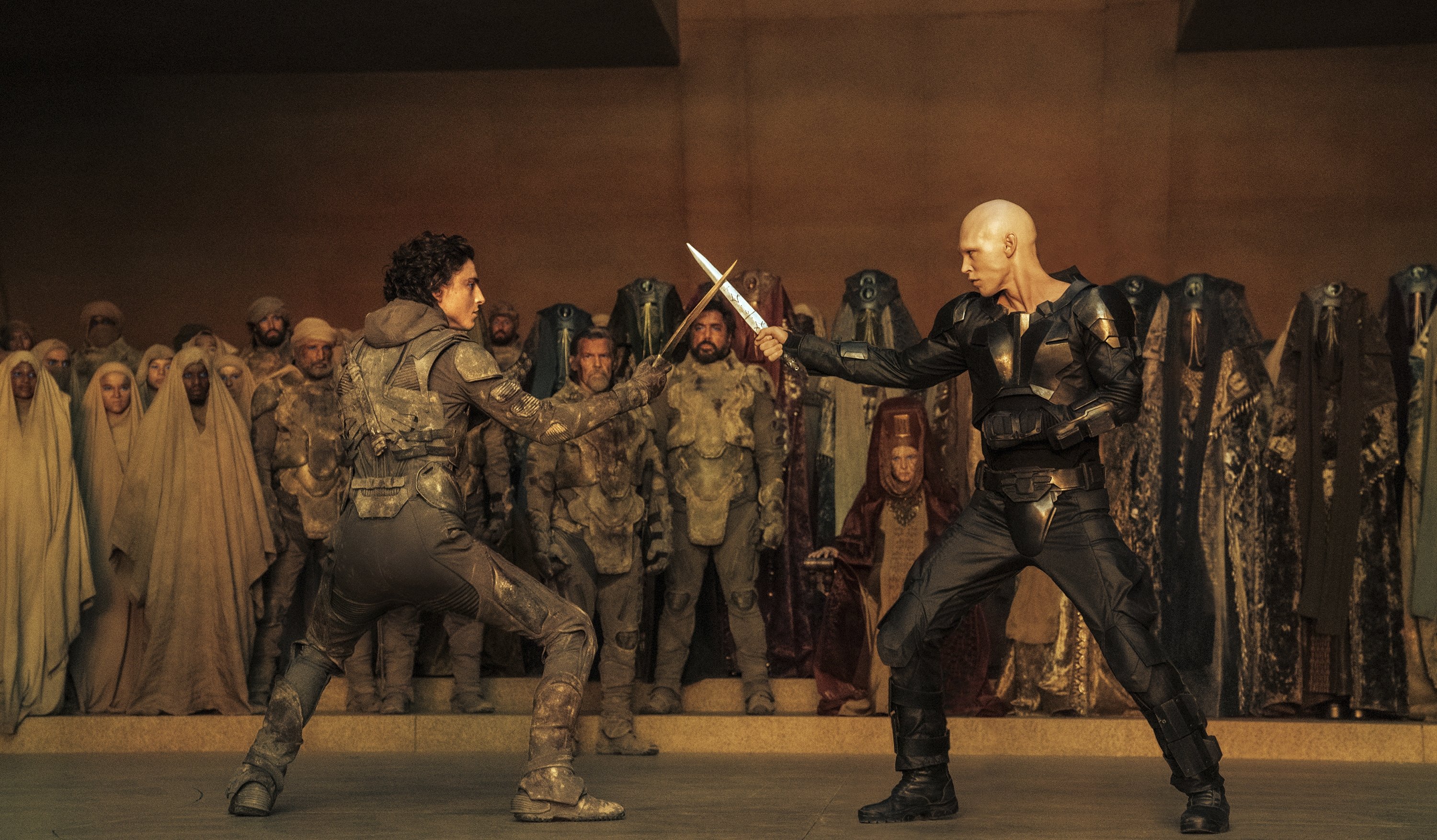
Aesthetics of Arrakis
The cinematography, visual quality and sound design of the “Dune” duology are the strongest features of this series. Villeneuve shapes this world with his creative perspective that befits the depiction of Frank Herbert’s visions. Sceneries, costumes and engineering designs of science fictional artifacts are turned into the screenplay in a signature style.
Since the course of events mostly takes place in the scope of planet Arrakis, also known as Dune, adaptation of this world was of the essence in production. As many of the readers know by heart, Dune manifests itself as if it is the main character during the whole series. Therefore, the imagery of Fremen culture and breathtaking desert views of Arrakis shine through in the visual world of this film. Additionally, Giedi Prime, the homeworld of the House Harkonnen, catches the eyes with aesthetically pleasing scenes that are demonstrated in black and white.
Greg Frasier, the widely acclaimed cinematographer of the film, continues to work his magic. His strong influence on the picturesque frames and visual narrative is incontrovertible. Meanwhile, Hans Zimmer deserves credit for building a solid atmosphere through his theme music. Although his soundtrack does not differ entirely from the previous film, he pursues success by setting a grandeur tone with his pieces.
Regarding the sound designs that already captivated audiences in the first part, progress has been made beyond the limits in this field. Audio frequencies elevate the excitement and give goosebumps at intervals, especially in the compelling scenes of Shai Hulud, the colossal sandworms burst into sight at the horizons of Dune.
Besides surrounding sounds, the utilization of Bene Gesserit’s mind-controlling voice technique is reflected imposingly, even though it occurs seldom throughout the film. Consequently, those groundbreaking audio-visual materials corroborate the plot structure and create harmonic experiences cinematically.
Nevertheless, some viewers may give bad marks to the stagnant flow of events in the same manner as the first film, especially those who expect long and epic battle sequences. As for the audiences who read the books, they might be disappointed by the absence of some characters and editing the book’s storyline out of the film script. Although the scenario cannot reach its full potential for adapting the depth of concepts and essence of the novel, it delivers a decent performance to reflect the central themes of the franchise and handles the plot outline with a solid structure.
“Dune: Part Two” brings down the curtains with a cliffhanger that promises a phenomenal trilogy. It seems worth waiting for the hopeful direction of this high-class space opera, in these times when fans are yearning for awe-inspiring sci-fi content and proper novel adaptations as a cinematic event.






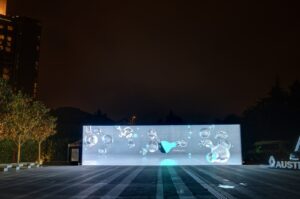
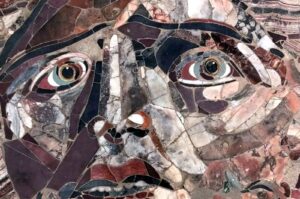


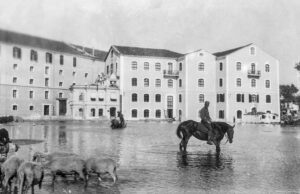
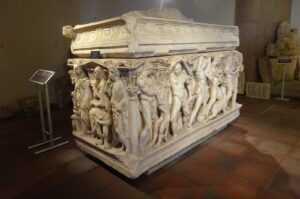








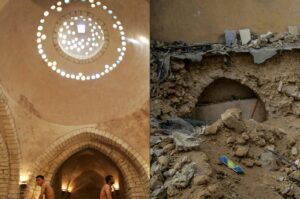



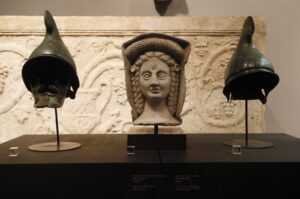
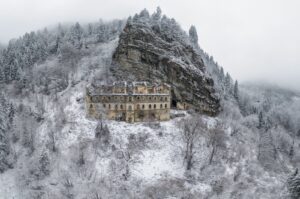


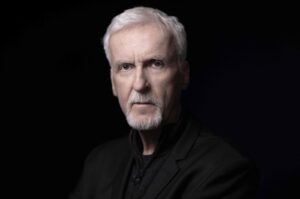
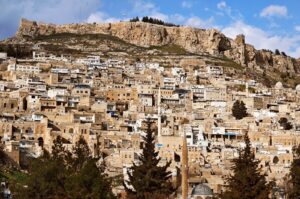



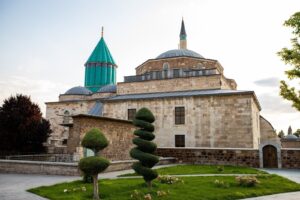

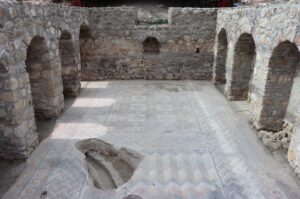













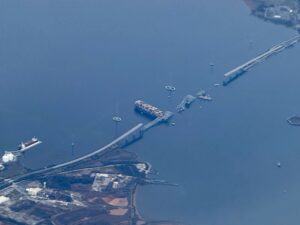


Be First to Comment